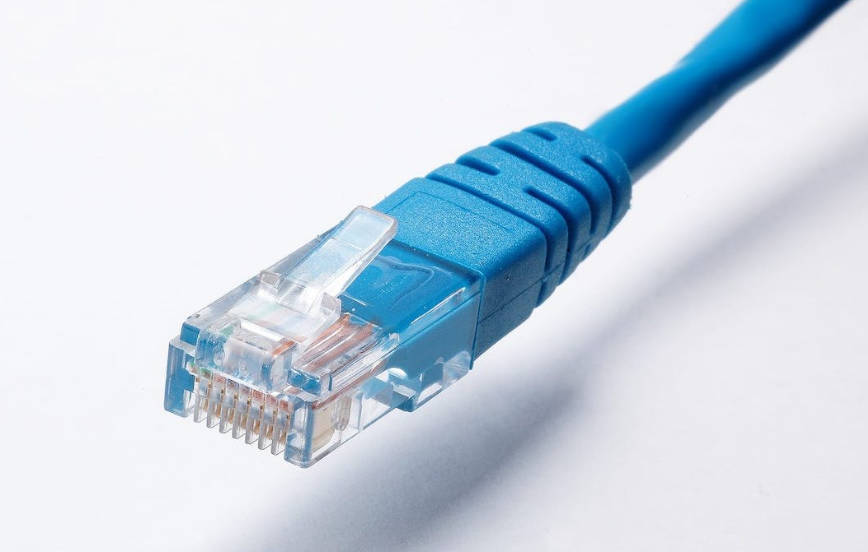Using an Ethernet cable, your computer may connect to the web and communicate with other computers and devices. Whether you’re setting up a network at home or at a business, you’ll need these wires. Wireless access points (routers and modems) are typically connected to the internet’s backbone via an Ethernet connection.
Once that’s done, a second Ethernet cable can be used to link the PC to the web. Wi-Fi is analogous to Ethernet except that it doesn’t require any physical cables. Devices can connect wirelessly to the modem or Wi-Fi router and gain internet access.
Some ISPs provide customers the option of purchasing Ethernet cable wire directly from them, saving you the time and hassle of having to track it out elsewhere. Ethernet cable, adapter, coax cable, coax splitter, power cord, and so forth are all included in Xfinity internet bundle packages.
In this guide, we will explore if you can use an older ethernet cable for you fiber internet connection. For this reason, you can also contact Xfinity Espanol for professional advice and tips.
The Ethernet Connection
Twisted pairs of copper wires in an Ethernet cable are utilized to transmit information in two directions, while the remaining two pairs come in handy to receive information. It’s important to note that Ethernet connections come in a wide range of speeds.
● It is capable of handling speeds of 100 MHz and can exceed 10/100 Mbps over 100 meters. Since it is the most outdated Ethernet cable, nobody uses it anymore.
● Cat5e is a newer form of cat5 that can send data at 1000Mbps over 100 meters. Its speed is ten times that of cat5. A number of companies still utilize Cat5e.
● At 250MHz, the Cat6 line is capable of handling gigabit speeds and is thus faster. There are two types, and the download speed for a 10m wire is 1000Mbps and for a 55m wire it is 10Gbps.
● Cat6 can work in places with a lot of electromagnetic interference because it has better insulation and thinner lines.
● Cat6a cables can send data at 10Gbps and have a frequency of 500MHz. Also, unlike cat6 cables, which have a maximum distance of 55 meters, these can be utilized over 100 meters. This type of wire works great in factories but not in homes.
● At 10Gbps for 100m, Cat7 is the same size and speed as Cat6a. Its bandwidth is 600MHz, though.
● For a 20-meter wire, Cat8 Ethernet line has a speed of 25/40Gbps and a bandwidth of about 2000MHz.
● Although it is not ideal for use in an office environment, this Ethernet connection is the quickest and is most commonly used in data centers where it connects servers along with additional equipment to switches.
Cat7 Provides 600MHz of Bandwidth
Bandwidth for a 20-meter Cat8 Ethernet line is roughly 2000MHz, and the maximum speed is 25/40Gbps. As the fastest Ethernet option, it is best suited for use in data centers where servers and other network hardware must be connected to a switch.
Internet speed is determined by a number of things in addition to an Ethernet cable, so if you’re connecting your home network, a cat5e or cat6 cable will work just fine. Some locations, such data centers, however, have more stringent criteria for the rate at which they transmit data, necessitating the usage of more advanced Ethernet connection versions.
Optical Fiber Network
Fiber optic internet is sent across cables constructed of optical fibers rather to the copper wires used in more conventional internet cabling. Light pulses carrying binary-coded information are transferred over the wires.
It has completely altered the way in which information is sent between computers because it is the quickest route available. An internet connection via fiber optics can reach speeds of 2 Gbps or more, with no difference in performance between uploading and downloading.
Optical Fiber Cable
The bandwidth demands of the internet may be safely carried by fiber optic lines. Single-mode and multi-mode cables are the most common forms of optical fiber. Single-mode optic cable, which employs laser light to transmit data, is more compact than its multi-mode counterpart.
Multimode fiber optic cable, which employs diodes that emit light for both transmission and reception, is typically employed for relatively short cable runs. It can transmit 10Gbps for 600 meters and is more cost-effective than single-mode. Transmission speeds of over 100Gbps can be achieved over single-mode optic cable.
Final Thoughts
For your fiber internet connection, you cannot utilize an older Ethernet cable because it lacks the speed of transmission required to support the higher data rates of a fiber internet network. Cat5e and later Ethernet cables, however, are up to the task; at their rated speeds, they can transmit a fiber internet connection of 1Gbps or ore over considerable distances.


